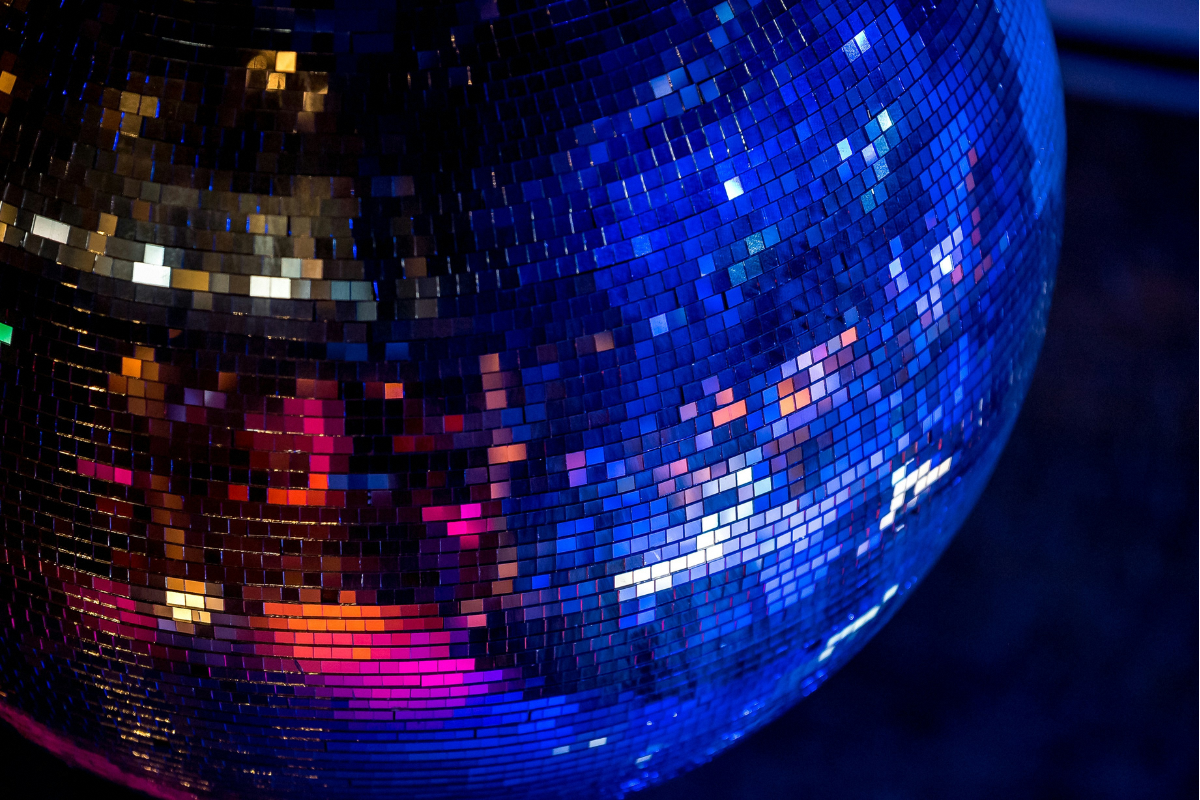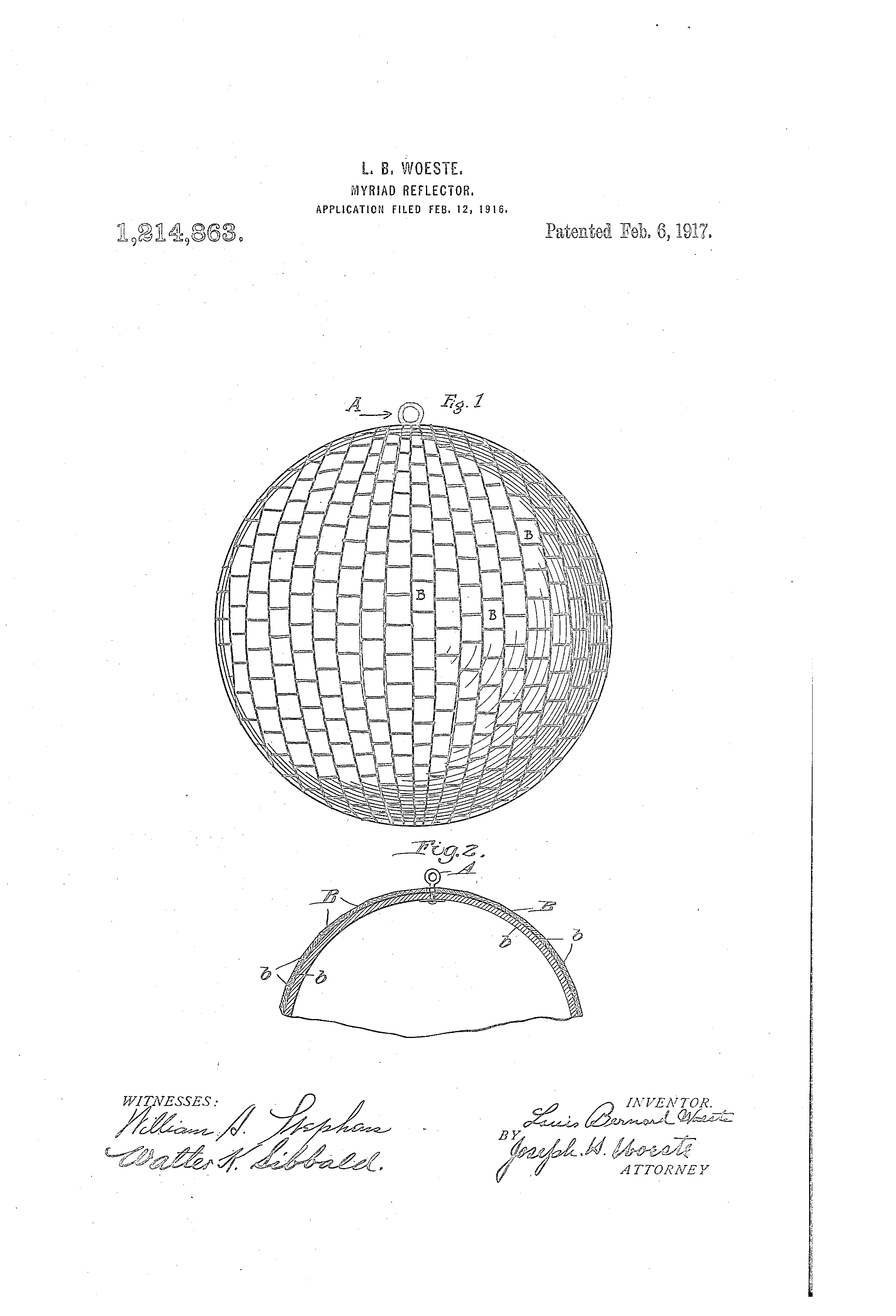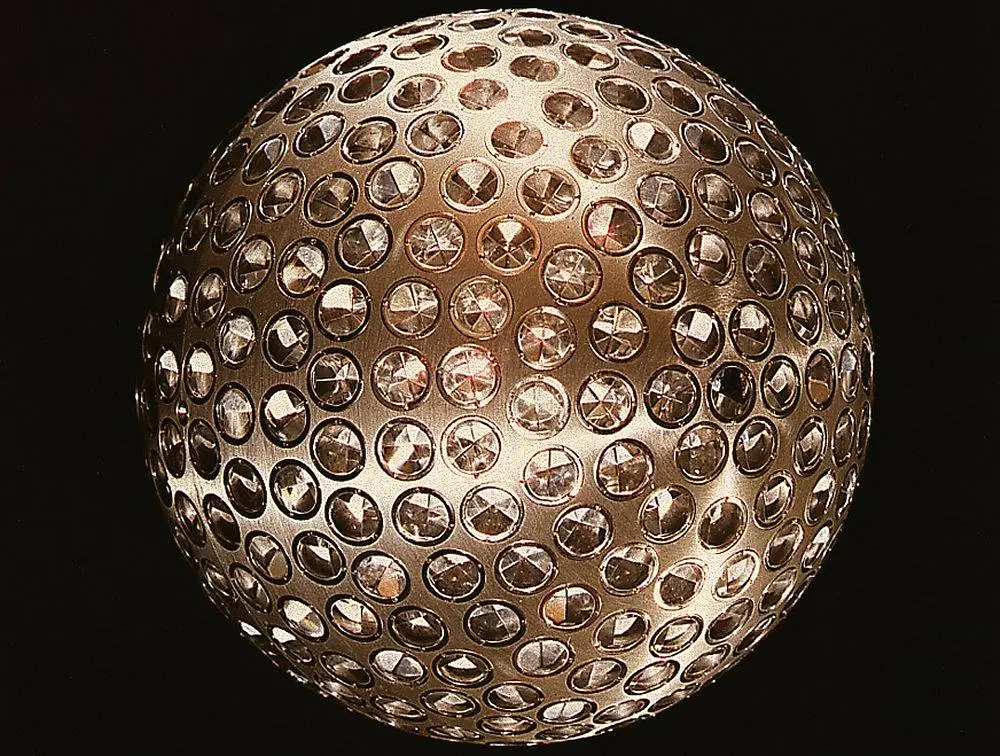From Parties to Planets: The Science of Disco Balls
Disco balls: New Year's Eve decor turned scientific tool? Unpack the origins of this festive ornament and its applications in space exploration and astronomy.

Source: Paul Zoetemeijer/Unsplash
New Year's Eve: a time for glitz and glamour, from spectacular fireworks to shiny confetti, fizzy champagne, and glittery outfits. Not to mention: splendid light shows and dancing late into the night! You may have seen disco balls suspended above revellers at New Year's Eve parties, but have you considered the disco ball as a technological device?
In this feature, we unpack the science behind this party favourite and explore the physics of the disco ball, the origins of this holiday decor, and how festive fun can even help us illuminate the future of space science.
"I'm a mirrorball / I'll show you every version of yourself tonight / I'll get you out on the floor / Shimmering beautiful" - Taylor Swift, "Mirrorball"
How does the disco ball create the "shimmering beautiful" displays referenced in Taylor Swift's song? Disco balls are spherical objects covered with hundreds or thousands of plane mirrors. When light shines on the disco ball, the small mirrors reflect the beam at different angles simultaneously, scattering spots of light throughout the room. As the disco ball rotates, the light spots move, creating brilliant displays.
Fittingly, the dazzling novel lighting effect was first engineered by electricians for a social event. The earliest mention of a disco ball appears in an 1897 issue of The Electrical Worker, a trade publication in Charlestown, Massachusetts, within a description of a ballroom that featured a "mirrored ball" above a dance floor. However, this was a unique creation, not intended for mass production.
The first commercial disco ball was patented as a "myriad reflector" by Louis Bernard Woeste in 1917. A globe 27 inches wide plastered with over 1200 tiny mirrors, the device was advertised for its novel lighting effects, with one magazine ad cheekily comparing the myriad reflector's illuminations to the sparkling magnificence of the Milky Way.
In the 1920s, this proto-disco ball was sold to entertainment venues like dance halls, jazz clubs, and circusesto throw brilliant, radiant light around the room in an era where special artificial lighting was not common.

Patent for the myriad reflector in 1917. Source: Google Patents
The disco ball famously reached its peak popularity in the 1970s with disco fever and bands like the Bee Gees taking off across the USA and even in Singapore, where local discotheques installed their own disco balls.
More recently, the disco ball experienced what The New York Times described as a "comeback" during the COVID-19 pandemic, with searches of the item surging on various online shopping platforms as consumers sought nostalgic joy during times of crisis. Apple even added the disco ball emoji in 2021 after years of being the top-requested emoji according to Emojipedia.
The resurgence of disco ball created new consumer demand. How are these ever-popular sparkly novelties manufactured? The video below documents how disco balls are made in a factory in Japan, showing how sheet metal is bent into half spheres, which are then screwed together, covered with tiny mirror tiles, applied with cement to fill mirror gaps, and finally tested for adequate light reflection.
Disco balls aren't just pretty ornaments or kitschy decor from the past. In fact, applying the principles of disco balls to the space industry may one day mean we can welcome the new year in style on another planet in the future.
In 1976, NASA launched the Laser Geodynamics Satellite (LAGEOS), a 408-kg satellite with "no sensors, electronics, [nor] moving parts" (NASA Science). This unique "brass core surrounded by an aluminum shell that's covered in 426 retroreflectors" closely resembled a "giant disco ball" (Space.com). By shining laser beams at LAGEOS and tracking the time the time it takes for the laser beam to travel back to Earth, scientists can glean a wealth of information about the Earth's geophysics.

LAGEOS I Satellite. Image Credit: NASA/MSFC
LAGEOS is still orbiting Earth today as a permanent reference point for "high-precision laser ranging", helping scientists "measure the movement of Earth’s tectonic plates, detect irregularities in the rotation of the planet, weigh it, and track small shifts in its center of mass" (NASA Science).
LAGEOS-2, an identical sister satellite built by the Italian Space Agency, was launched in 1992. The satellite has continued to transmit invaluable information, including more precise data confirming one of the predictions of Einstein's theory of relativity that Earth's rotation drags the fabric of space-time (Space.com). It's remarkable to think that all of this data can come from throwing two giant disco balls in space!
Disco balls could also aid astronomy here on Earth. This year, a group of astronomers from various institutions published a paper in Physics Education titled "Why every observatory needs a disco ball". They proposed that disco balls could be operated by observatories as cheap and readily available pinhole cameras to "project bright light sources (such as the Sun) on a wall or screen" for large groups.
The researchers experimented with implementing disco balls when observing various astronomical phenomena such as solar eclipses and concluded that "commercial disco balls provide a safe, effective and instructive way of observing the Sun", along with being an "easy and fun" way to engage the public with science (Cumming et al., 2024).
In a feature for Physics World written by Laura Hiscott, researcher Robert Cumming explains that he got the idea for the paper after hanging up a disco ball for a New Year's Eve party, watching the light reflect off the disco ball, and realising that "each bright patch on the walls was an image of the Sun."
As we say goodbye to 2024, the shimmering disco ball showcases the interplay between science, art, and celebration. From illuminating dance floors to aiding space exploration and astronomical observations, these glittering spheres remind us that innovation often comes from unexpected places. Here's to a future as bright and full of discovery as the countless reflections from our beloved disco balls!
Written by Jamie Uy
Last updated 30 December 2024

